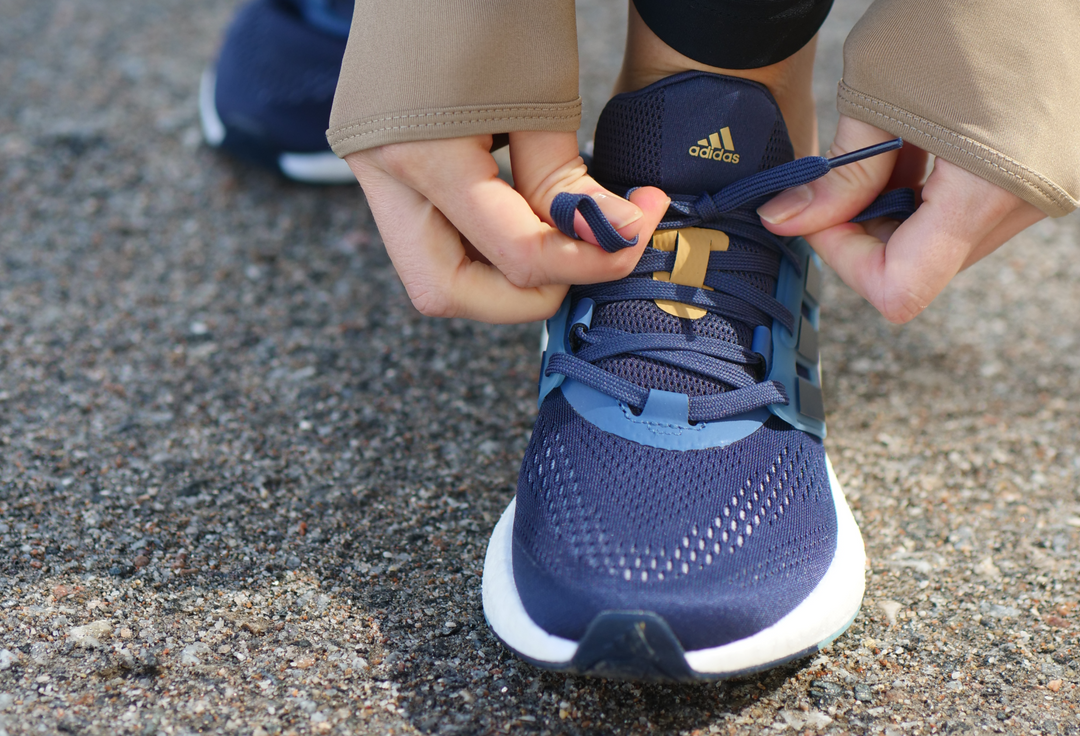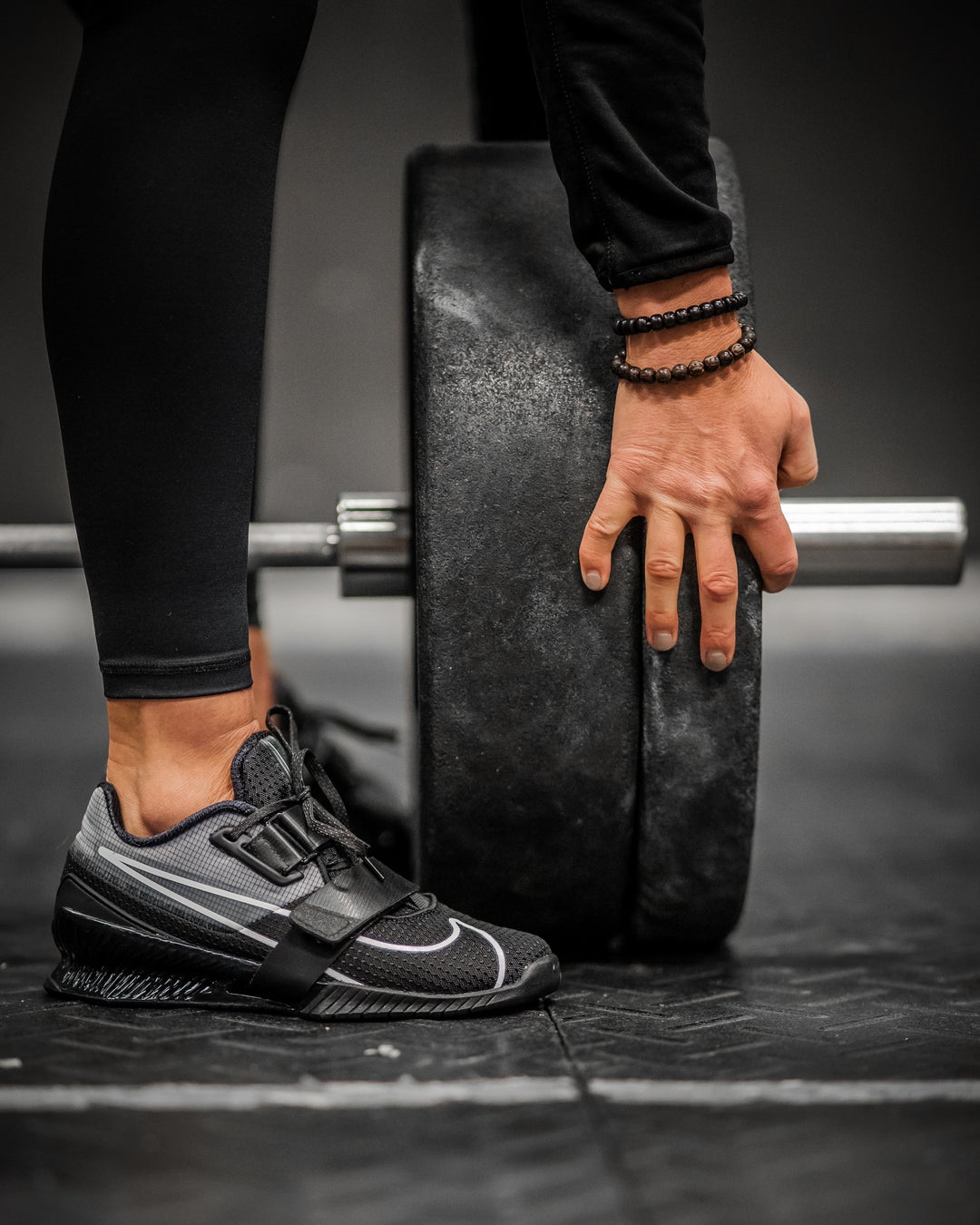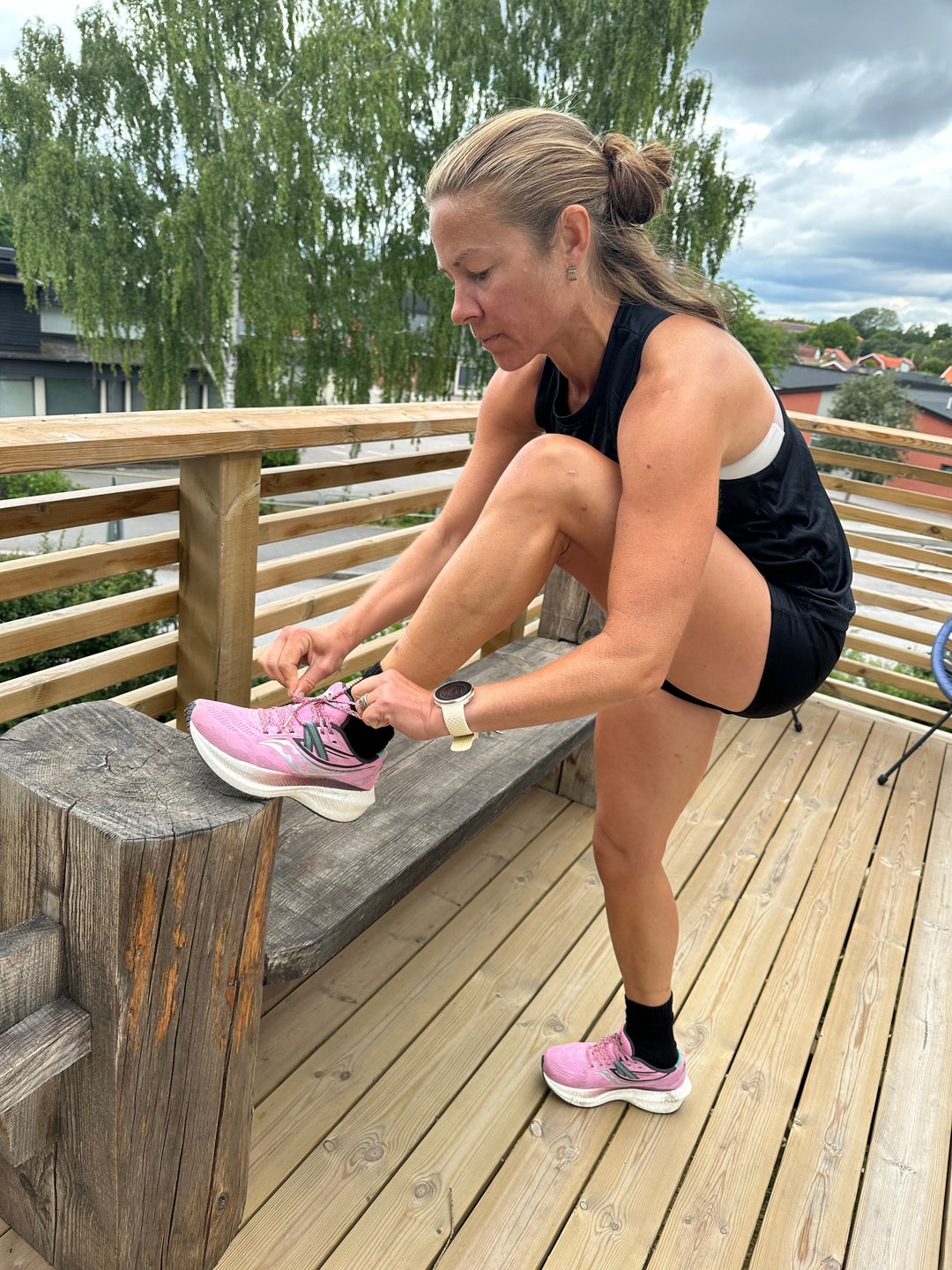Why you shouldn't wear running shoes to the gym
Do you go to the gym in your running shoes? You should stop doing that. Stine Tomb from Nike explains why.
Ready to go shopping? All our training shoes
There are shoes for all types of exercise to ensure that exercisers can perform their activity or sport in a functional and safe way. Nevertheless, many people use their running shoes even when they go to the gym and train with weights. This can lead to incorrect loads and injuries, as running shoes are made for a different type of movement than training shoes. You need good shoes for the gym!
- Many people may think it is unnecessary to buy different types of shoes, but training and running are as different as slalom and cross-country skiing. You should use the different shoes for the different activities, otherwise there is a risk of injury or breakage due to misuse," says Stine Tomb, product specialist at Nike.
What are the main differences between a training shoe and a running shoe?
- A training shoe is made for lateral movement while a running shoe is made for forward movement. A training shoe, or shoes for the gym, is often flatter to the ground, providing a more stable foundation to stand on. It is also reinforced in the upper to keep the foot against the sole during movements, and it is also more durable in lateral movements," says Stine Tomb and continues:
- "A running shoe is made for forward movements and is often a little more rounded in the sole to get a better transition from heel to toe. The upper, like the sole, is also made for forward movements and will therefore not be able to stabilize lateral movements. If we were to make a training upper in a running shoe, you would not get the same running feeling in the shoe. A training shoe is also more durable in both the upper and sole to withstand abrasion and friction, which is much more common in training.
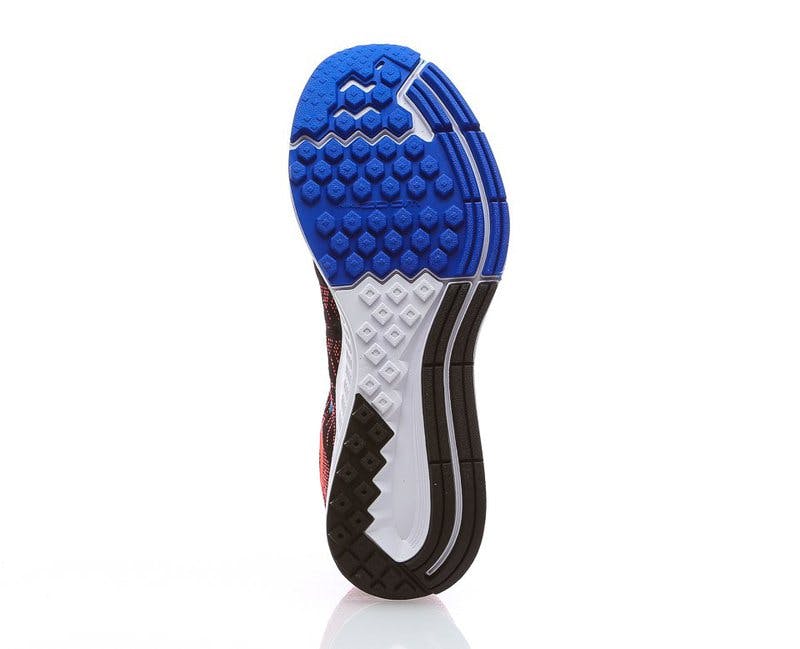 The grip surfaces between a running shoe and a training shoe are different. On a running shoe, the grip surfaces are more centralized...
The grip surfaces between a running shoe and a training shoe are different. On a running shoe, the grip surfaces are more centralized...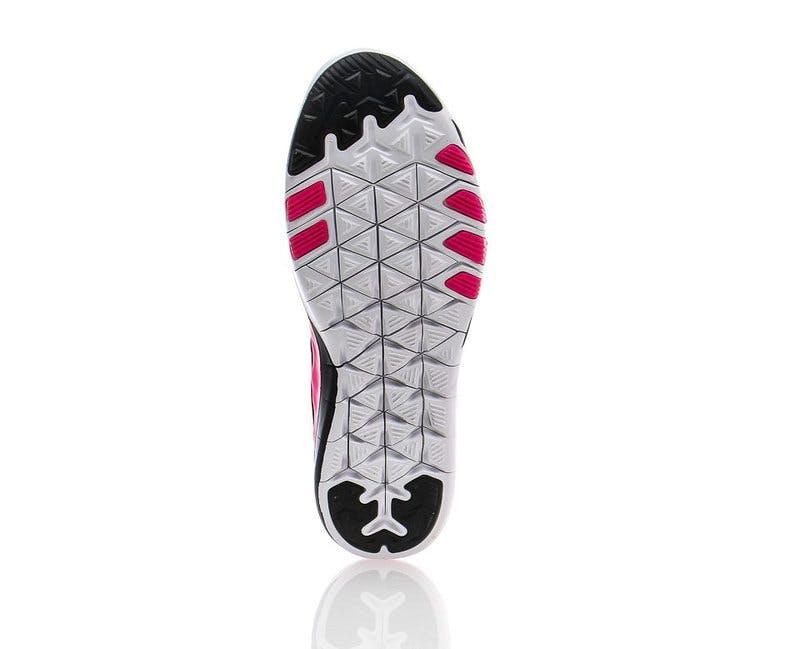 ...while the grip surfaces on gym shoes are focused on the heel and sides.
...while the grip surfaces on gym shoes are focused on the heel and sides.
What are the risks of wearing running shoes at the gym?
- When you use running shoes at the gym, you have no lateral stability in either the upper or the sole. Running shoes also have a softer type of cushioning in the sole that makes it more unstable, especially if you are jumping or lifting heavier weights. If you have a pair of running shoes on your feet when doing a heavier squat with a barbell on your back, for example, it's a bit like standing on an unstable plate. This can result in you being more likely to step awkwardly or get off balance, which can lead to injury.
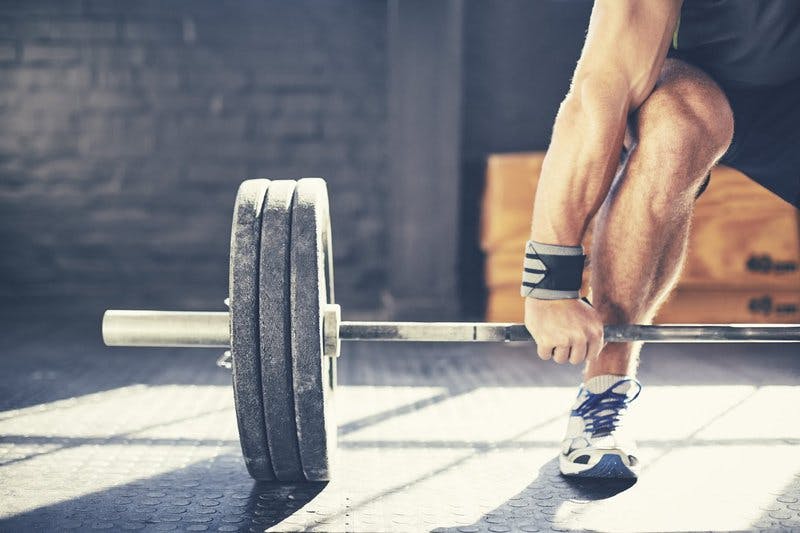 Find a major fault with this picture! That's right, the man in the picture is wearing running shoes while lifting. A big nono, in other words! Strength training shoes, shoes for the gym, are the way to go! For example, a pair of Nike Metcon!
Find a major fault with this picture! That's right, the man in the picture is wearing running shoes while lifting. A big nono, in other words! Strength training shoes, shoes for the gym, are the way to go! For example, a pair of Nike Metcon!
What characteristics should I look for when buying a training shoe if I want a versatile shoe that I can both go to the gym and strength train with?
- Then you should choose a shoe that is adapted to the movements you will be doing. Nike we have different flexibility, stability and cushioning in our training shoes so that you can find the perfect pair for your training. That's why it can be good to have two shoes to choose from even at the gym. Let's say you want a shoe that is more stable for heavier lifting, then you should choose a shoe that is flatter in the sole and has a higher stability in the upper. They often do not have as much cushioning in the sole and are therefore perhaps not the best to run, for example, a step session with because you may want a little more cushioning in the sole.
So it's not a good idea to wear running shoes to the gym, but can I wear training shoes while running?
- You can actually wear training shoes if you're running short distances at the gym, for example as a warm-up or cool-down. Most of Nike's training shoes, which have a lot of flexibility in the sole, you can run up to three or four kilometers. But if you only run such short distances on a treadmill, I wouldn't recommend them as your regular running shoes because they don't have the cushioning or feel of a pair of running shoes. Running several kilometers in them on the treadmill every day can take a toll on your feet and joints.
I run and work out, which pair of shoes should I spend the most money on?
- That depends on which activity you do most. If you run more than you exercise, spend more money on a running shoe and vice versa.
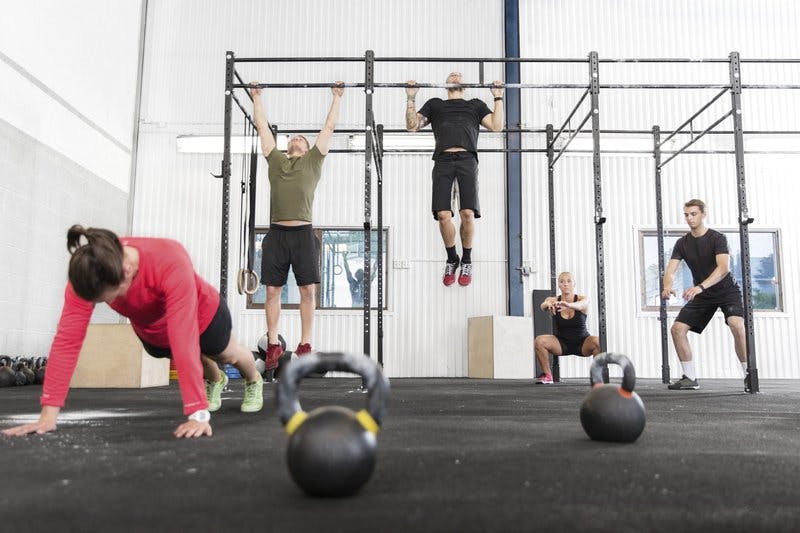 Choose the right shoes for your activity! Training shoes for the gym give you optimal stability and ensure that you minimize the risk of injury.
Choose the right shoes for your activity! Training shoes for the gym give you optimal stability and ensure that you minimize the risk of injury.
SHOP HERE: All our training shoes
READ MORE: How often should I train my abs?




